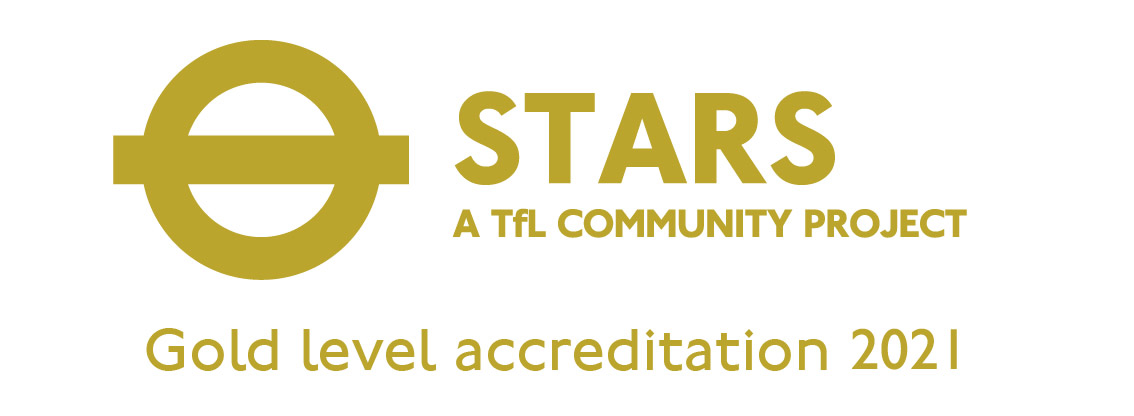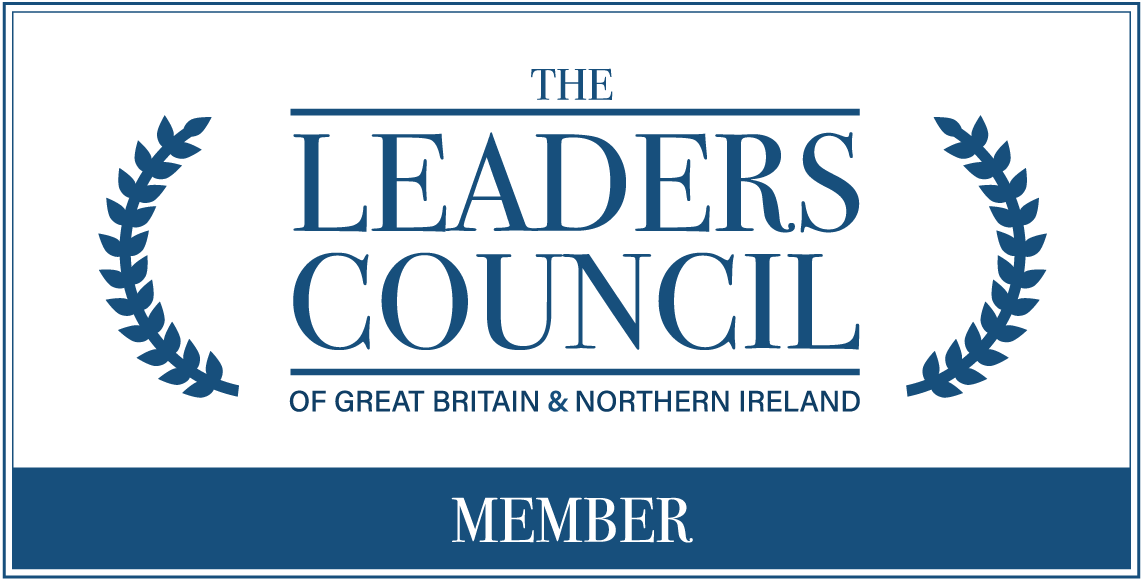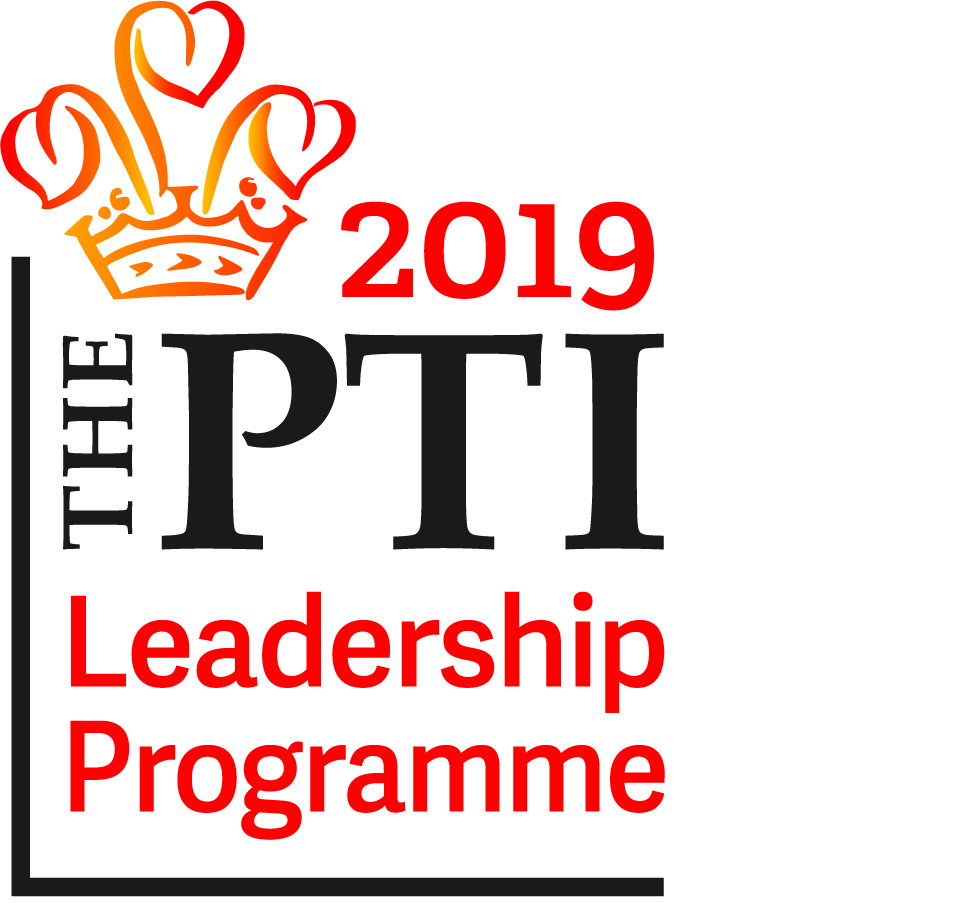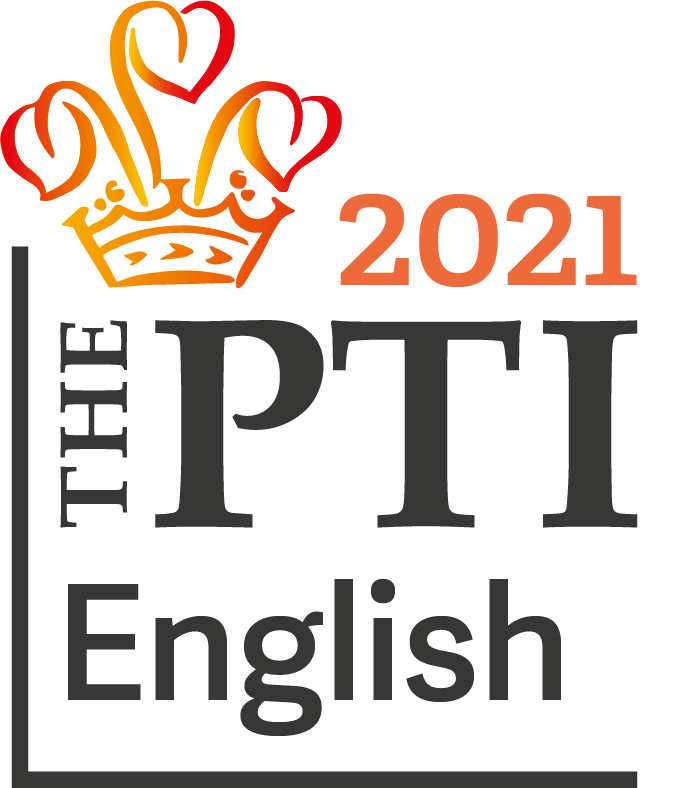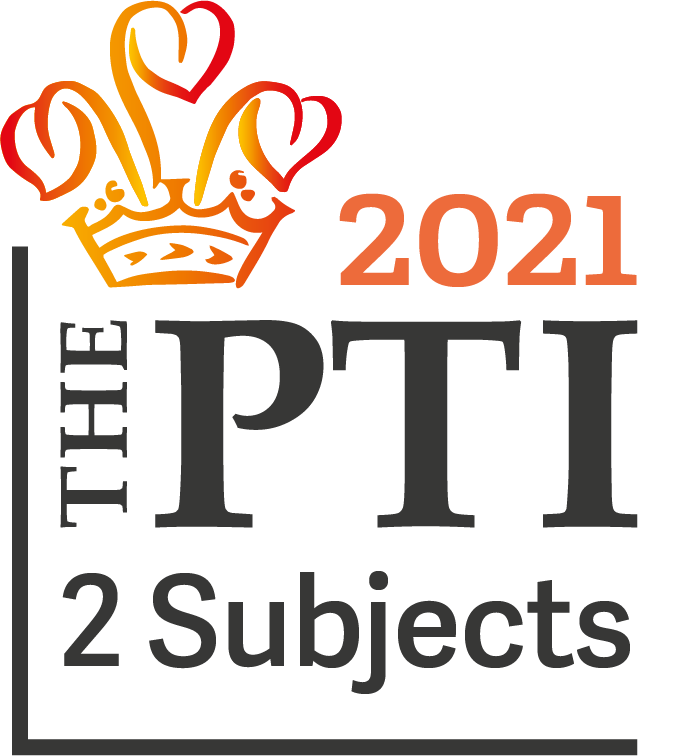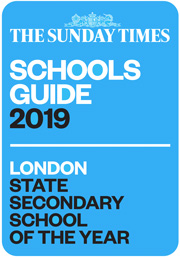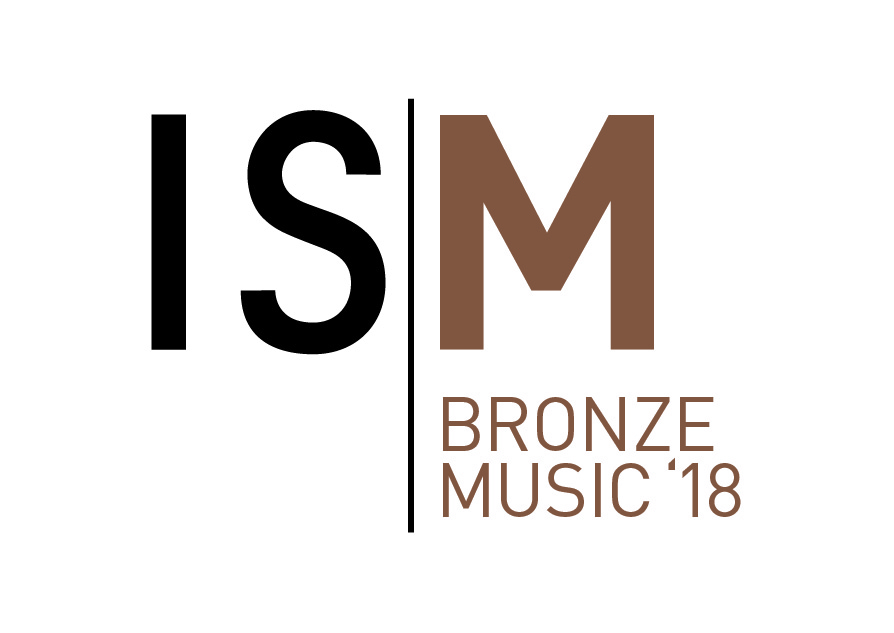| PHYSICS | |||
|---|---|---|---|
| INTRODUCTION |
Physics is the scientific study of matter and energy and how they interact with each other. This energy can take the form of motion, light, electricity, radiation, gravity.
|
||
| EXAM BOARD | AQA (awaiting accreditation) | ||
| STRUCTURE OF COURSE |
EXAMINATION UNIT: 1 EXAMINATION UNIT: 2 | ||
|
|
This Examination Unit covers the following topics: Energy; Electricity; Atomic structure |
This Examination Unit covers the following topics: Forces; Waves; Magnetism and Electromagnetism; Space Physics. |
|
| ASSESSMENT |
Paper 1 - Topics 2,4,6,7: Written exam: 1 hour 45 minutes, 100 marks, Multiple choice, structure, closed short answer and open response (50% of GCSE). Paper 2 - Topics 1,3,5,8: Written exam: 1 hour 45 minutes, 100 marks, Multiple choice, structure, closed short answer and open response (50% of GCSE). |
||
| CONTENT | |||
| UNIT: 1 |
Forces. An in-depth analysis of motion and the causes of motion. |
||
| UNIT: 2 | Energy. Kinetic, gravitational and elastic potential are considered. | ||
| UNIT: 3 | Waves. As they apply to light and sound | ||
| UNIT: 4 | Electricity. Ohm’s law as applied to series and parallel circuits. | ||
| UNIT: 5 | Magnetism and Electromagnetism. A study of modern technology. | ||
| UNIT: 6 | Particle model of matter. States of matter and heat transfer. | ||
| UNIT: 7 | Atomic structure. History and development of the nuclear model. | ||
| UNIT: 8 | Space Physics. The evolution of stars and the universe as a whole. | ||
| ADDITIONAL INFORMATION | |||
|
Within each topic and both tests students will be expected to demonstrate their ability to think scientifically in the context of practical exams and be able to do basic calculations linking to physics. There are 8 core practicals that students will completed throughout the GCSE – exam questions are likely to be based on the skills required for these practicals. This is instead of coursework or a practical controlled assessment. |
|||


















